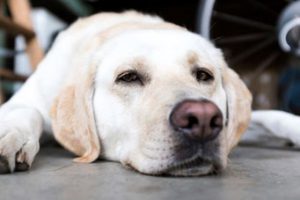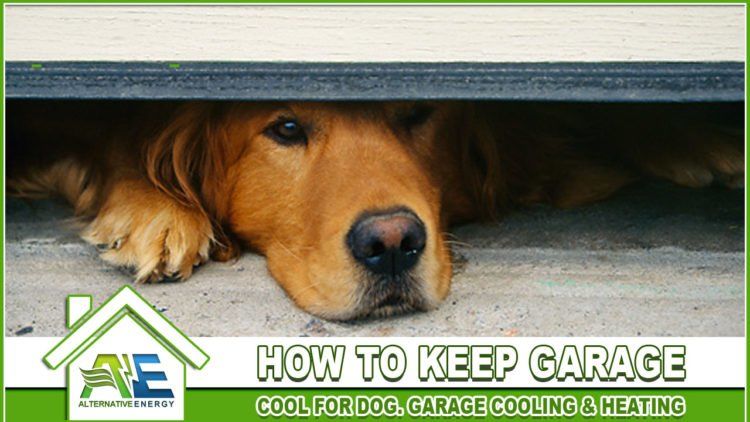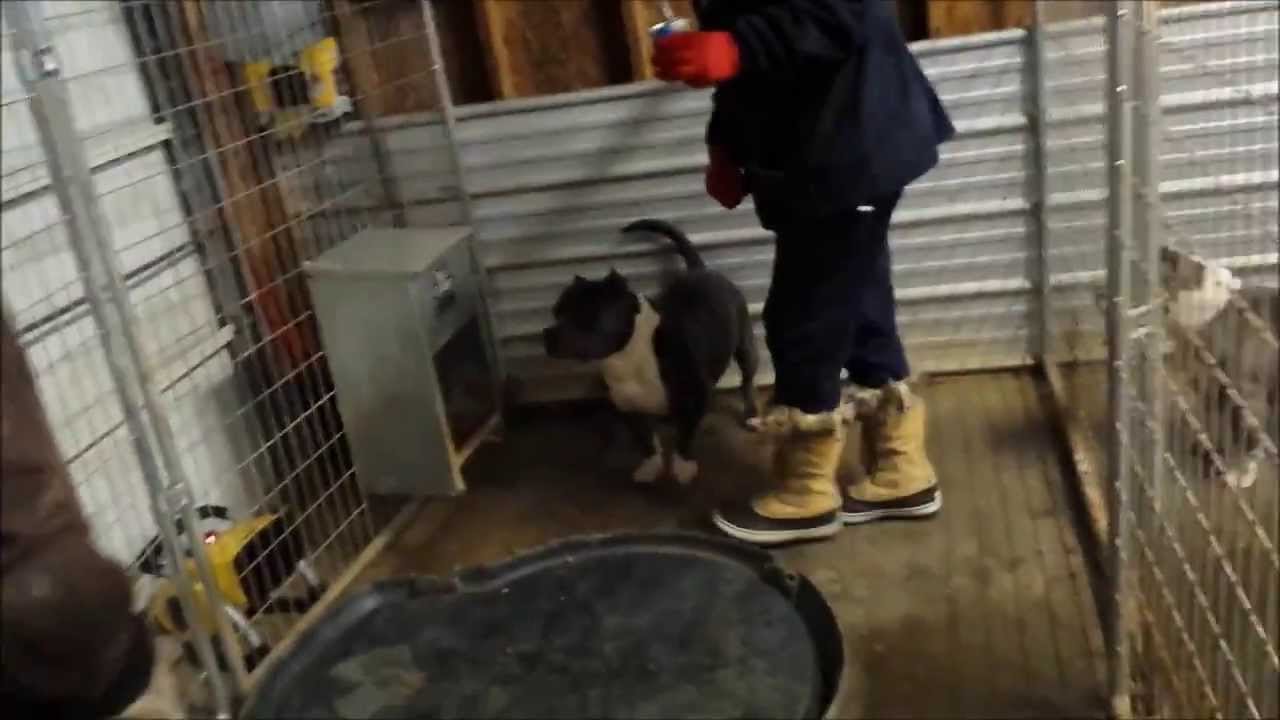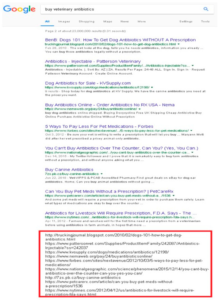Keeping dogs warm in a garage is essential during cold months. Dogs, like us, need protection from low temperatures. So let’s jump in deep: How to Keep Dogs Warm in Garage?
Many pet owners use their garages for various reasons. Sometimes, it’s a safe space for dogs while owners work or run errands. However, garages can get chilly, making it vital to ensure our furry friends stay warm. Dogs can suffer from cold just like humans.
They may feel uncomfortable or even get sick if not kept warm. This post will explore simple and effective ways to create a cozy environment in your garage. By following these tips, you can make sure your dog stays warm and happy, no matter how cold it gets outside.
Table of Contents
Introduction To Garage Safety For Dogs
Keeping your dog safe and warm in the garage is essential. Many people use garages for storage and as a workspace. However, garages can become cold places for dogs. Knowing how to keep them safe is important.
Why Garages Get Cold
Garages often lack proper insulation. They usually have concrete floors and metal walls. This can lead to rapid heat loss. Here are some reasons garages get cold:
- Uninsulated walls and ceilings
- Poorly sealed doors and windows
- Drafts from outside air
- Cold concrete surfaces
Risks Of A Chilly Garage For Canines
A cold garage can pose serious risks to dogs. Dogs may suffer from various health issues in low temperatures. These risks include:
- Hypothermia: Dogs can become very cold and weak.
- Frostbite: Extremities like ears and paws can freeze.
- Respiratory Issues: Cold air can make breathing harder.
- Behavioral Changes: Cold temperatures can cause anxiety.
Protecting your dog from these dangers is crucial. Keep the garage warm and comfortable.
Assessing Your Garage For Dog Comfort
Keeping your dog warm in the garage starts with a good assessment. Check the space for temperature, drafts, and cold spots. Dogs need a cozy environment. This helps them stay healthy and happy.
Temperature Measurement
First, measure the temperature in your garage. Use a simple thermometer. Aim for a comfortable range of 68°F to 72°F (20°C to 22°C). Keep track of the temperature during the day and night.
Here’s how to check the temperature:
- Place the thermometer in various spots.
- Note the temperature readings.
- Look for any extreme fluctuations.
Consistent warmth is key. If it drops too low, your dog may feel cold.
Identifying Drafts And Cold Spots
Next, look for drafts and cold spots. These can make your garage uncomfortable. Check windows, doors, and walls for leaks. Use your hand to feel for cold air.
- Inspect door seals.
- Check window frames.
- Look for cracks in the walls.
Seal any gaps with weather stripping or caulk. This helps keep the warmth inside. Ensure your dog has a warm, safe area to rest.
Consider these tips:
| Location | Issue | Solution |
|---|---|---|
| Doors | Drafts | Install weather stripping |
| Windows | Cold air | Use thermal curtains |
| Walls | Cracks | Apply caulk |
Take these steps to ensure a warm space. Your dog will thank you.
Insulation Strategies
Keeping your dog warm in the garage is important. Insulation plays a key role. Proper insulation helps maintain a comfortable temperature. This section will explore effective insulation strategies.
Types Of Insulation
There are several types of insulation suitable for garages. Each type has its own benefits. Here are some common options:
- Fiberglass Insulation: Affordable and widely available.
- Foam Board Insulation: Provides excellent thermal resistance.
- Spray Foam Insulation: Offers a great air seal.
- Reflective or Radiant Barrier Insulation: Reflects heat away from the living space.
| Type | Benefits | Drawbacks |
|---|---|---|
| Fiberglass | Cost-effective, easy to install | Can irritate skin |
| Foam Board | High R-value, moisture resistant | Higher upfront cost |
| Spray Foam | Excellent air seal, versatile | Requires professional installation |
| Reflective Barrier | Reduces heat gain | Less effective in cold climates |
Diy Insulation Tips
Insulating your garage can be a DIY project. Here are simple tips to help:
- Seal Gaps: Check for gaps around doors and windows. Use weatherstripping or caulk to seal them.
- Add Insulation Boards: Install foam board insulation on walls. Cut to fit and secure with adhesive.
- Use Blankets or Rugs: Lay down thick blankets or rugs on the floor. They provide extra warmth.
- Insulate the Garage Door: Use reflective insulation panels. Attach them inside the door.
- Install a Heater: Consider a small heater for extra warmth. Make sure it is safe for pets.
These tips can help create a warm space for your dog. A little effort goes a long way.

Credit: www.ramdoors.ca
Heating Solutions
Keeping your dog warm in the garage is vital during cold months. Proper heating solutions will ensure your furry friend stays cozy and safe. Explore various options to find the best fit for your space.
Safe Heaters For Garages
Choosing the right heater is essential. Here are some safe options:
- Infrared Heaters: These heaters warm objects directly. They are energy efficient and safe.
- Oil-Filled Radiators: They provide steady heat. They are safe and quiet.
- Convection Heaters: These heaters circulate warm air. They are great for larger spaces.
Always check for safety features like:
- Tip-over protection
- Overheat shut-off
- Safe electrical ratings
Place heaters away from flammable materials. Keep them out of your dog’s reach.
Alternatives To Electric Heaters
If electric heaters are not an option, consider these alternatives:
- Wood Stoves: They provide robust heat. Ensure proper ventilation.
- Propane Heaters: Effective for garages. Use with caution and ensure ventilation.
- Heat Lamps: Good for spot heating. Use them carefully to avoid burns.
Check local regulations before using these heaters. Safety is key for your dog’s health.
For extra warmth, consider insulated dog houses or blankets. These can enhance comfort and warmth.
Bedding And Sleep Area
Creating a cozy bedding and sleep area for your dog is essential. A warm spot helps them feel safe and comfortable. The right bed and placement can make a big difference in how your dog stays warm.
Choosing The Right Bed
Select a bed that provides warmth. Consider these options:
- Orthopedic beds for older dogs. They provide support.
- Heated beds keep your dog warm during cold nights.
- Thick, plush beds offer comfort and insulation.
Look for beds that are easy to clean. This helps maintain hygiene.
Optimal Placement For Warmth
Where you place the bed matters. Follow these tips:
- Choose a spot away from drafts.
- Place the bed near a heat source, like a heater.
- Avoid cold concrete floors. Use a rug or mat underneath.
Make sure the area is quiet and calm. This helps your dog relax.

Credit: www.youtube.com
Clothing And Accessories
Keeping dogs warm in the garage is essential. Clothing and accessories can help. They provide extra warmth and comfort. Here are some useful options.
Dog Sweaters And Coats
Dog sweaters and coats offer warmth in cold conditions. They come in various styles and sizes. Choose one that fits your dog well.
- Materials: Look for fleece, wool, or water-resistant fabrics.
- Sizes: Measure your dog for the best fit.
- Designs: Pick a design that your dog feels comfortable in.
Some coats even have hoods for extra warmth. Check for features like:
- Reflective strips for visibility
- Adjustable straps for a snug fit
- Pockets for storing small items
Paw Protection
Paw protection is vital during cold weather. Dogs can suffer from frostbite on their paws. Booties can help keep their feet warm.
| Type of Booties | Benefits |
|---|---|
| Waterproof Booties | Keeps paws dry and warm |
| Insulated Booties | Provides extra warmth |
| Rubber Sole Booties | Offers grip on slippery surfaces |
When choosing booties, consider your dog’s activity level. Some dogs may need more protection than others. Ensure the booties fit well. Check for any signs of discomfort.
Monitoring Temperature
Keeping your dog warm in the garage is essential. Monitoring temperature helps ensure their safety. Cold weather can be harmful to dogs. Knowing the right temperature range is key.
Thermometers And Sensors
Use thermometers and sensors to check the garage temperature. These devices are simple and effective.
- Digital Thermometers: Easy to read, accurate.
- Smart Sensors: Connect to your phone. Get alerts.
- Indoor/Outdoor Thermometers: Track temperature changes.
Place the thermometer at dog level. This gives a true reading of their environment. Regularly check the temperature. Aim for a comfortable range of 68°F to 72°F.
Signs Of Hypothermia In Dogs
Monitor your dog for signs of hypothermia. Early detection is important.
| Signs | Description |
|---|---|
| Shivering | Involuntary shaking due to cold. |
| Slow Breathing | Breathing becomes shallow and slow. |
| Weakness | Lack of energy, difficulty standing. |
| Cold Ears and Paws | Body parts feel very cold to the touch. |
| Unresponsiveness | Dog does not react to your voice. |
Act quickly if you see these signs. Wrap your dog in blankets. Use a heating pad on low. Seek veterinary help if necessary.
Feeding For Warmth
Feeding your dog properly helps keep them warm. Nutrition plays a big role in how your pet stays cozy in colder weather. A good diet fuels their body. It helps them generate heat. Here are some tips to ensure your dog gets the right food and warmth.
Nutritional Needs In The Cold
Dogs need extra calories in winter. Their bodies work hard to stay warm. Here are key nutritional points:
- Increase protein intake. It helps build muscles and warmth.
- Choose high-quality dog food. It provides essential nutrients.
- Consider their age and size. Puppies and larger breeds may need more calories.
A balanced diet is crucial. Consult your vet for specific needs. They can suggest the best food options for your dog.
Warm Foods And Treats
Warm meals can help keep your dog cozy. Here are some ideas for warm foods:
| Food Item | Benefits |
|---|---|
| Warm broth | Hydration and warmth. |
| Steamed vegetables | Vitamins and warmth. |
| Cooked meats | High protein and tasty. |
Mix these warm foods with their regular diet. Dogs enjoy warm treats too. Try these options:
- Peanut butter biscuits
- Chicken-flavored treats
- Cheesy bites
Warm food not only comforts but also nourishes your dog. Keep them happy and warm with these meals.
Regular Exercise And Warm-up
Keeping dogs warm in a garage requires regular exercise. Exercise helps maintain body heat. It also supports good health. Dogs need to move, even in cold weather. A good warm-up routine is essential. It prepares their muscles for activity.
Indoor Exercise Ideas
Indoor exercises can keep your dog active. Here are some fun ideas:
- Fetch: Use soft toys to avoid damage.
- Tug-of-war: A great way to bond.
- Obstacle course: Set up chairs and boxes for jumping.
- Hide and seek: Hide treats or toys for your dog to find.
- Stair climbing: Supervised stair exercise builds strength.
Pre-warm Up Routines
Warming up is important before exercise. It helps prevent injuries. Start with gentle movements.
Here are some simple pre-warm up routines:
- Start with a short walk around the garage.
- Encourage light stretching. Focus on legs and back.
- Use massage to increase blood flow.
- Play soft music to calm nerves.
- Gradually increase activity level.
Regular exercise and warm-ups keep your dog healthy and warm. Create a routine that works best for you and your dog.

Credit: powersolarphoenix.com
Professional Advice And Veterinary Care
Keeping dogs warm in a garage is essential. Professional advice can help you ensure your dog’s comfort. Consulting a vet can provide insights into your dog’s specific needs. Use this guide to learn when to seek help.
When To Consult A Vet
Pay attention to your dog’s behavior. Certain signs may indicate a need for veterinary care:
- Shivering or trembling
- Seeking warmth excessively
- Changes in appetite
- Unusual lethargy
Contact your vet if you notice these signs. Early intervention can prevent serious health issues. A vet can also guide you on proper heating methods.
Professional Products And Services
Many products can help keep your dog warm. Here are some options:
| Product | Description |
|---|---|
| Dog Heating Pad | Safe, comfortable warmth for your dog. |
| Insulated Dog House | Keeps the cold out and warmth in. |
| Dog Sweaters | Extra layer for warmth during cold days. |
| Veterinary Services | Check-ups to ensure your dog’s health. |
Consider these products to improve your dog’s comfort. A vet can also recommend services like heating solutions or wellness checks.
Legal And Ethical Considerations
Keeping dogs warm in a garage raises important legal and ethical questions. Owners must understand their responsibilities. Laws exist to protect animals. Owners must ensure their pets are safe and comfortable.
Animal Welfare Laws
Each region has specific animal welfare laws. These laws set standards for how to care for pets. Here are key points to remember:
- Provide adequate shelter from extreme temperatures.
- Ensure access to fresh water and food.
- Regularly check on the animal’s health.
Failure to follow these laws can lead to fines or penalties. Always know local regulations. Consult local animal control if unsure.
Moral Responsibility Of Dog Owners
Dog owners hold a moral responsibility. This means treating pets with kindness and respect. Here are some considerations:
- Keep your dog warm during cold weather.
- Ensure they have a comfortable space.
- Monitor their behavior for signs of distress.
Creating a warm environment shows love. It helps dogs feel secure and happy. Always prioritize their well-being.
Concluding Thoughts On Dog Safety In The Garage
Ensuring your dog’s safety in the garage is vital. A warm, secure space helps keep your pet healthy. Follow these tips to create a safe environment.
Summarizing Cozy Tips
Here are some cozy tips to keep your dog warm:
- Provide a comfortable dog bed.
- Use blankets for extra warmth.
- Seal gaps to prevent cold air.
- Install a space heater for consistent warmth.
- Keep the garage well-insulated.
These steps ensure your dog feels cozy and secure. Always prioritize their comfort during colder months.
The Importance Of Regular Checks
Regular checks are key for dog safety.
- Check the temperature frequently.
- Inspect bedding for wear and tear.
- Look for any signs of distress in your dog.
- Ensure food and water are fresh and accessible.
Regular monitoring helps you notice problems early. Keep your furry friend safe and comfortable.
Frequently Asked Questions
How Can I Insulate My Garage For Dogs?
Insulating your garage helps keep dogs warm. Use foam boards or insulation rolls on walls and ceilings. Seal gaps around doors and windows to prevent drafts. Consider adding a heat source like a pet-safe heater. Ensure proper ventilation to maintain air quality while keeping your pets cozy.
What Bedding Is Best For Dogs In A Garage?
Choose bedding that provides warmth and comfort. Options include thick blankets, heated pet beds, or dog-specific insulated beds. Avoid using materials that retain moisture to prevent cold drafts. Regularly check and clean the bedding to ensure a hygienic sleeping area for your furry friends.
How To Regulate Temperature In A Garage For Dogs?
Use a space heater designed for pet safety to regulate temperature. Install a thermostat to maintain a consistent warmth level. Ensure proper ventilation to avoid overheating. Regularly monitor the temperature, especially in extreme weather, to keep your dogs comfortable and safe.
Are Garage Doors Safe For Dogs In Winter?
Garage doors can be safe if properly insulated. Ensure there are no sharp edges or gaps that could harm your dog. Avoid leaving them unattended for long periods in cold weather. Provide warm bedding and a cozy spot, and check on them frequently during winter months.
Conclusion
Keeping dogs warm in the garage is essential for their health. Simple steps can make a big difference. Insulate the space to hold in heat. Use blankets and bedding for comfort. A safe heater can provide warmth, but monitor it closely.
Regular check-ins ensure your dog stays cozy and safe. With care and attention, your garage can be a warm haven. Protect your furry friend from the cold. Happy pets lead to happy homes. Keep them warm and loved, always.



